Growing your own pineapple plant is one of the most rewarding and surprisingly simple gardening projects you can try — even if you’re new to home gardening. With their exotic appearance, spiky green leaves, and juicy golden fruit, pineapples are both a striking ornamental plant and a delicious homegrown treat.
The good news is, you don’t need a farm or a tropical climate to grow pineapples successfully. Even in cooler areas or limited spaces, pineapples thrive in containers and indoors, as long as they get enough warmth and light.
In this detailed beginner’s guide, we’ll share essential pineapple planting tips, from selecting the right fruit to planting, caring for, and harvesting your homegrown pineapples.
Why Grow Pineapples at Home?
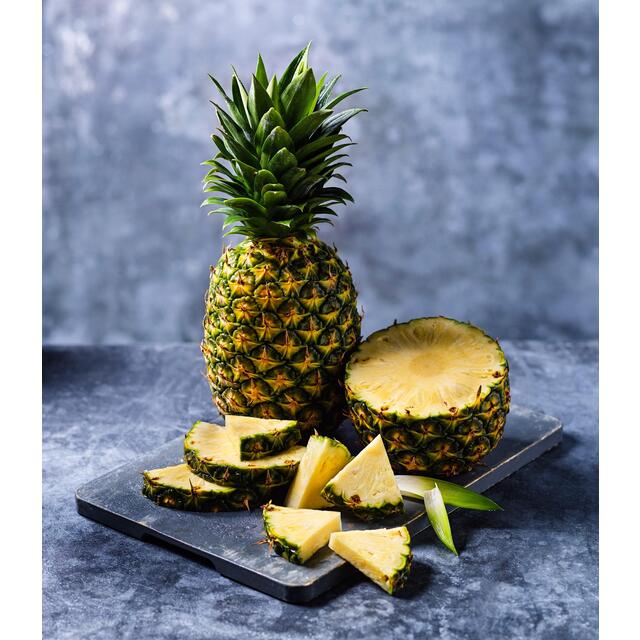
Pineapples are a favorite for home gardeners because:
- They’re easy to grow from store-bought fruit tops (crowns).
- Perfect for small spaces, balconies, and indoor pots.
- Require minimal maintenance and infrequent watering.
- Add a tropical, ornamental charm to any space.
- Offer the delight of homegrown, sweet fruit after a little patience.
Even better — a single pineapple plant can produce offsets (called pups or suckers) after fruiting, giving you new plants for free!
What You’ll Need to Start Planting
Before you get your hands dirty, gather these basic supplies:
- 1 fresh, ripe pineapple with healthy, green leaves
- Sharp kitchen knife
- Toothpicks (optional)
- Glass jar or cup
- Pot (8–12 inches deep) with drainage holes
- Well-draining potting mix (cactus or succulent mix works great)
- Sunny, warm spot indoors or outdoors
Beginner-Friendly Pineapple Planting Tips
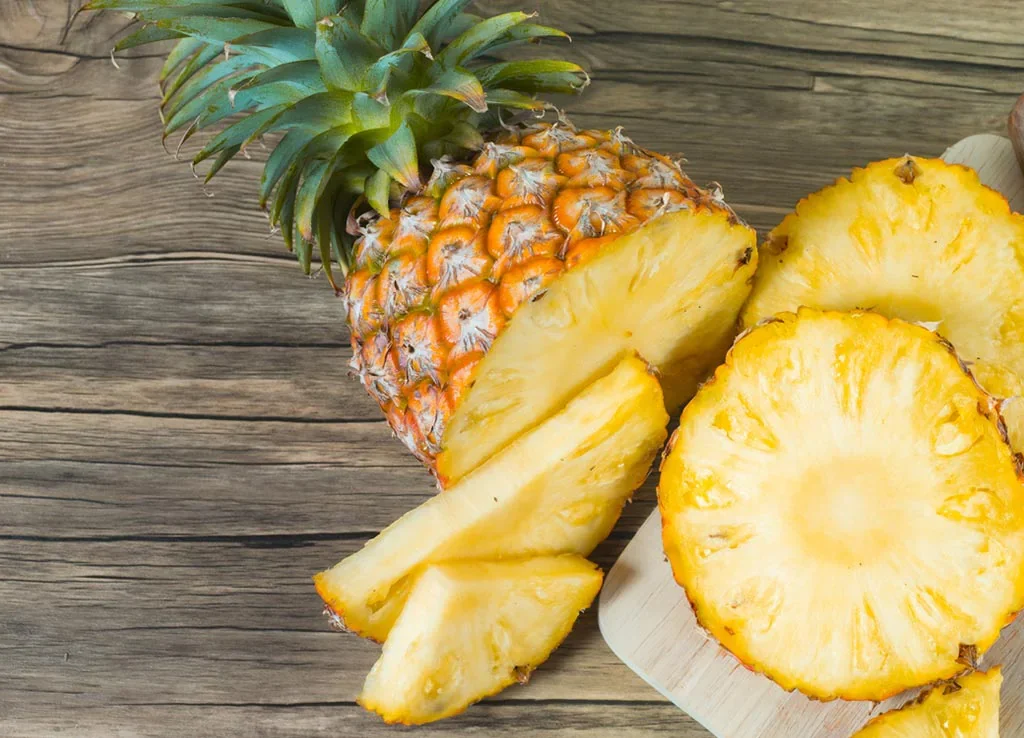
1. Choose a Healthy Pineapple
Your success starts with selecting a good pineapple. Look for:
- Bright green, fresh-looking leaves
- A firm, golden-yellow body
- Sweet, fruity aroma at the base
- No signs of rot, mold, or damage on the crown
Avoid: pineapples with brown, wilted leaves or soft, mushy spots.
Pro Tip: Organic pineapples are better since some conventionally grown ones are treated with growth inhibitors to prevent sprouting.
2. Remove the Crown Properly
Hold the pineapple firmly and twist off the leafy top (crown). Alternatively, you can cut the crown with about half an inch of fruit attached, then carefully trim away any remaining fruit flesh to avoid rot.
Important: Peel off the lower 4–6 leaves to expose about an inch of the base stem, which is where roots will form.
3. Let the Crown Dry (Cure)
This step is crucial for preventing fungal infections. Place the trimmed crown in a well-ventilated, shaded area for 2–3 days. The cut area will dry and callous over, protecting it from rot when planted.
4. Root the Pineapple Crown
You have two methods to root your pineapple crown:
Method A: In Water
- Fill a glass with clean water.
- Suspend the crown so only the bottom inch touches the water.
- Place it in a warm, sunny spot.
- Change the water every 2–3 days.
- Roots should appear in 2–3 weeks.
Method B: In Soil
- Plant the cured crown directly into a pot filled with well-draining soil.
- Bury it up to the first leaves.
- Water lightly and place in a bright location.
Pro Tip: Water propagation is ideal for beginners because it lets you observe root growth.
5. Choose the Right Pot and Soil
Pineapples hate soggy roots. Use a pot with several drainage holes and a lightweight, fast-draining soil mix.
Ideal soil mix:
- 50% potting soil
- 25% sand or perlite
- 25% compost or coconut coir
Container size: Start with an 8–12 inch deep pot. Move to a bigger one as the plant grows.
6. Give It Plenty of Sunlight
Pineapples are tropical plants and need 6–8 hours of bright, direct sunlight daily. If growing indoors, place the pot by a south or west-facing window.
In cooler regions: Move pots outdoors during warm months and bring them inside before temperatures drop below 60°F (16°C).
7. Water Sparingly
New gardeners often overwater pineapples. These plants prefer slightly dry conditions.
Watering guide:
- Keep soil slightly moist, not soggy.
- Water thoroughly when the top inch feels dry.
- In summer: Once a week.
- In winter: Every 10–14 days.
Pro Tip: Occasionally pour a little water into the central rosette of leaves, mimicking natural tropical rainfall.
8. Feed Occasionally
Feed your pineapple plant with a balanced liquid fertilizer or organic compost tea every 4–6 weeks during active growing months (spring and summer).
Avoid nitrogen-heavy fertilizers, which encourage leaf growth but delay fruiting.
In winter: Fertilizing is optional since plant growth slows down.
How Long Does a Pineapple Take to Grow?
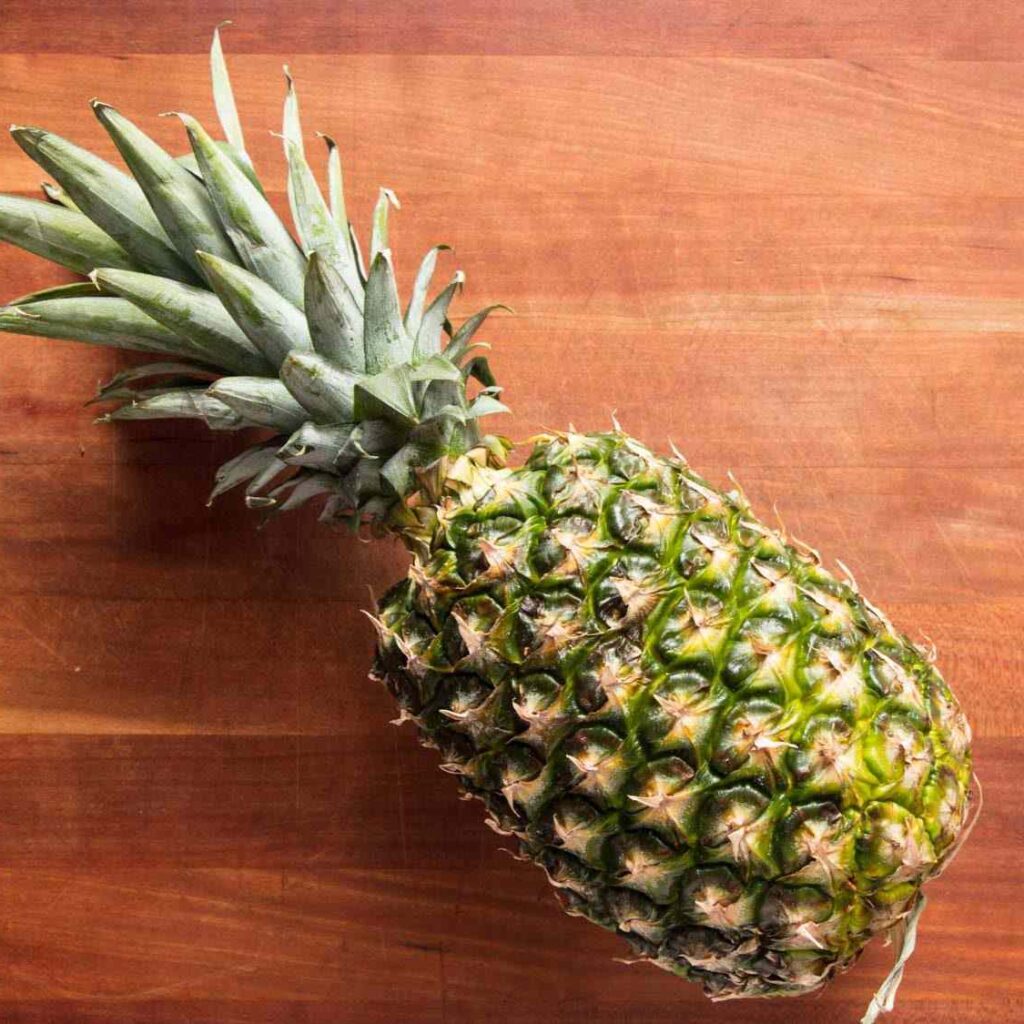
Growing a pineapple takes patience. On average, it takes 18–24 months for a plant to produce fruit when grown from a crown.
Signs of readiness for fruiting:
- Plant reaches about 3 feet tall.
- Central stalk emerges from the rosette, followed by a small purple flower spike.
- A baby pineapple forms at the top of this stalk.
Harvesting Homegrown Pineapples
The pineapple fruit is ready when:
- The outer skin turns golden yellow.
- It gives off a sweet aroma at the base.
- The fruit feels firm but slightly springy.
To harvest: Grasp the fruit firmly and twist it off.
Bonus: The parent plant will produce new offshoots (pups or suckers) around its base after fruiting. You can separate these to grow more plants!
Common Pineapple Plant Problems and Solutions
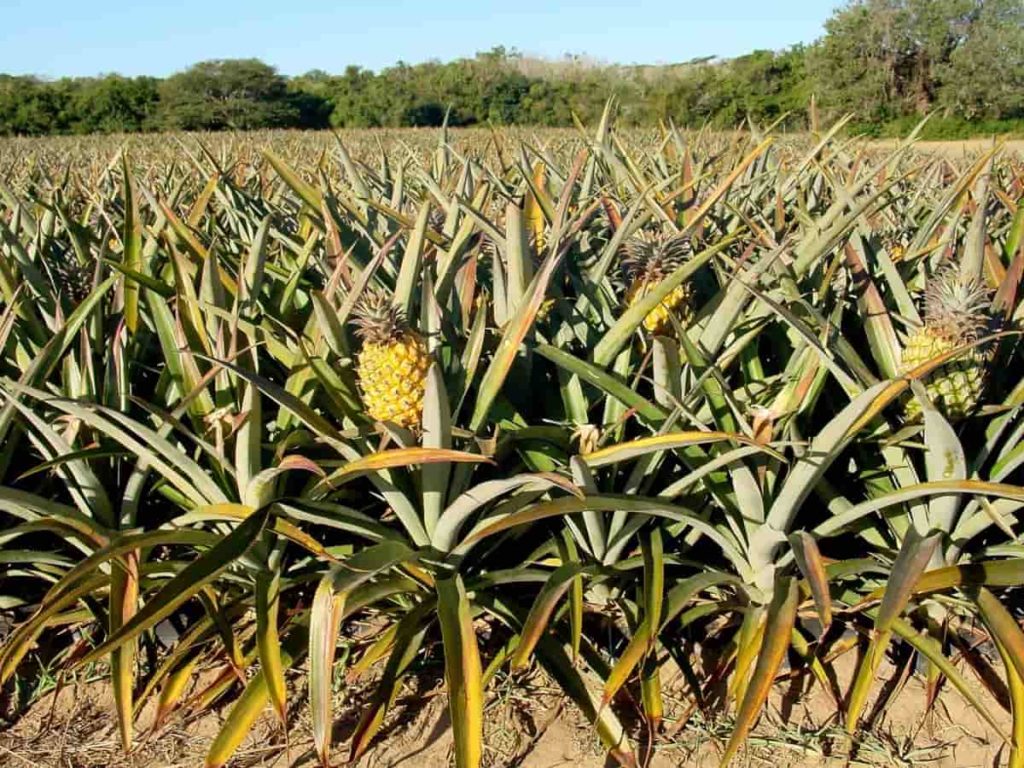
- Root Rot: Avoid overwatering. Ensure good drainage.
- Mealybugs/Spider Mites: Remove pests with a water spray or neem oil.
- Slow Growth: Check for adequate sunlight and warmth. Pineapples hate cold, dark environments.
Can Pineapples Be Grown Indoors Year-Round?
Yes — with proper care:
- Bright, direct sunlight for 6+ hours daily (or use a grow light).
- Warm temperatures above 65°F (18°C).
- Occasional fertilizing and careful watering.
They make great indoor houseplants, adding a tropical touch and requiring little maintenance.
Final Thoughts
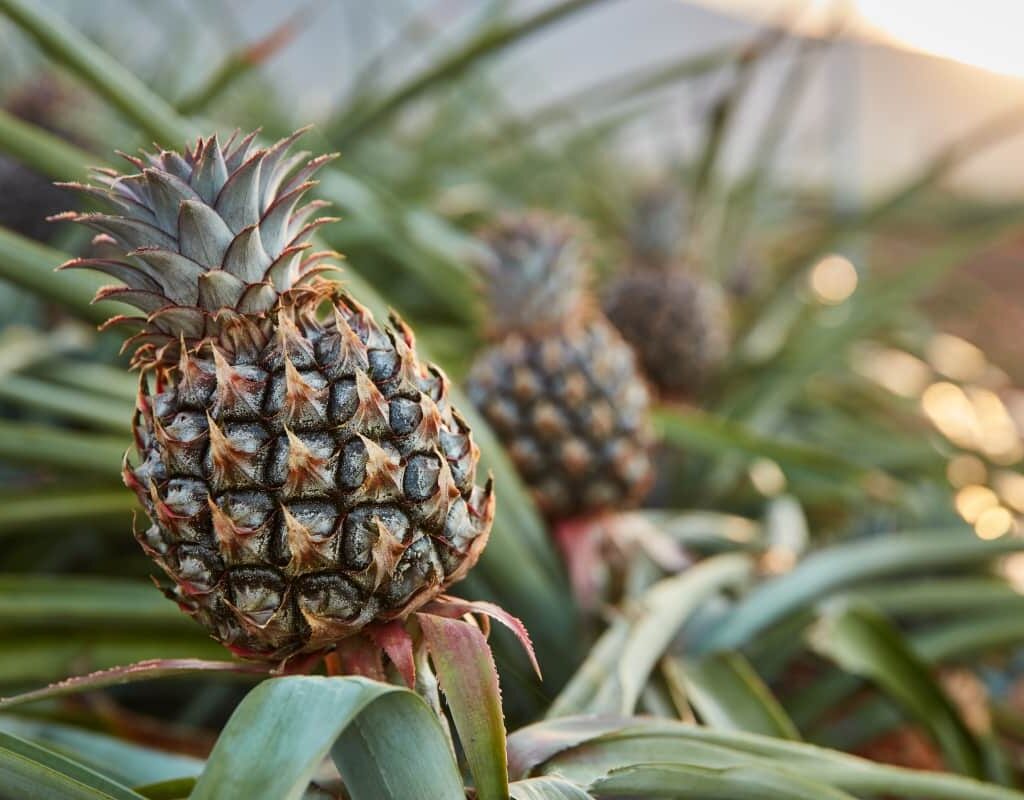
Growing a pineapple at home is one of the easiest and most enjoyable fruit gardening experiences for beginners. With a simple grocery store pineapple, a pot, and a sunny spot, you can start your own tropical garden adventure.
By following these beginner-friendly pineapple planting tips — from choosing the right fruit and curing the crown to rooting, planting, and caring for your plant — you’ll soon be on your way to a lush, spiky pineapple plant and the joy of homegrown fruit.
Sure, it takes patience, but the reward of slicing into a juicy, homegrown pineapple you nurtured from a grocery store top is worth every day of the wait.
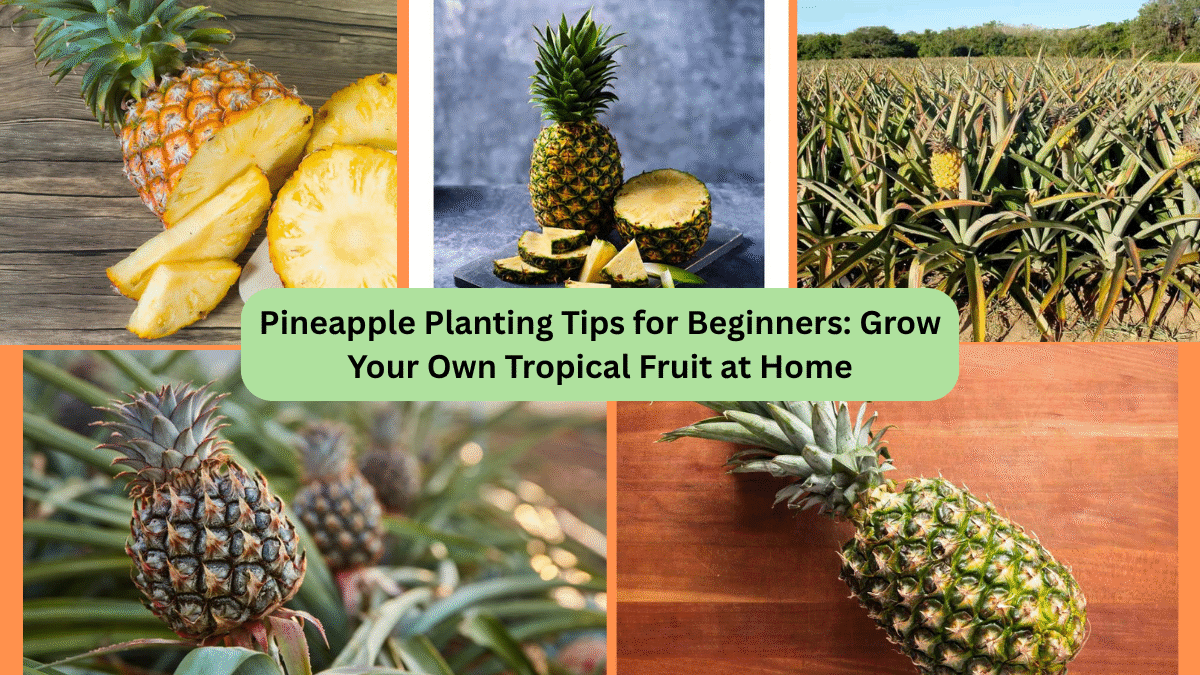



Leave A Comment